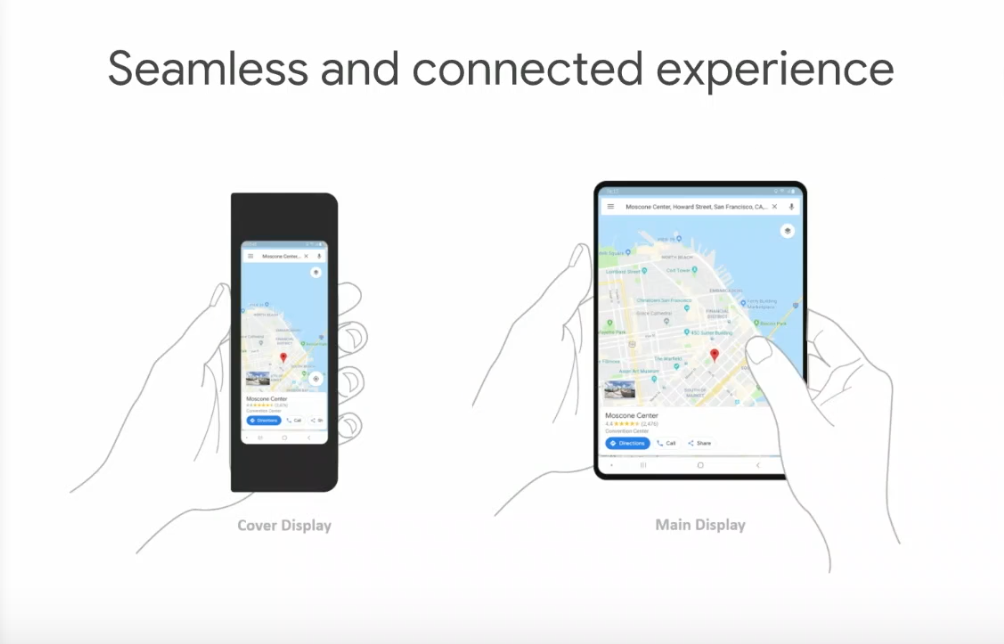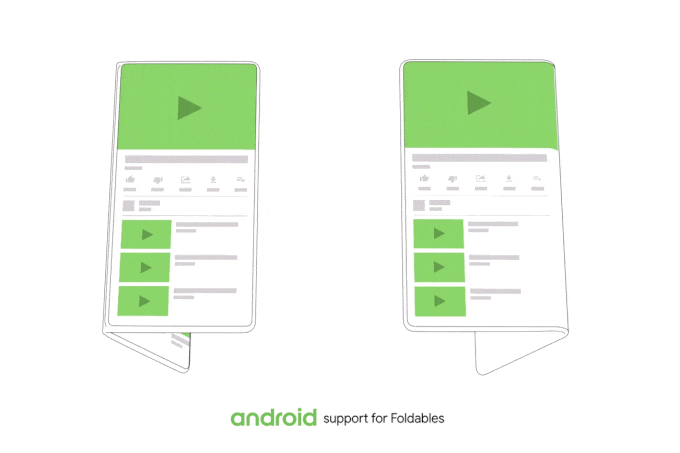Android Is Already A Perfect Fit for Foldable Phones
And it has been for a very long time.
Android is ready for a future in which foldable displays shape shift into different form factors. In fact, Google has been preparing for this foldable future for a long time now — as long as Android apps started to run in desktop mode.

This week, Google engineers took over the Android Dev Summit to talk about foldable devices. Apparently, not only has Google been teaming up with Samsung on the latter’s foldable phone, but the Mountain View company has also been working with developers in making sure that apps will work across multiple screen formats, adapting their UI and functionality on the fly.
According to Andrii Kulian — engineer at Google’s Android Frameworks and one of the speakers at the developers conference — the platform is ready to work with foldable devices. In fact, many Android apps already support multiple display modes, so developers will be able to easily adapt them to work with something like the Galaxy F.

Kulian says that there are three categories of devices that already take advantage of these morphing apps. First, the phones themselves, which can turn into desktop PCs using solutions like Samsung DeX or the PC Mode in the Huawei Mate 10 Pro. When running in this mode, some Android apps can turn into larger or more functional versions of themselves.
MORE: Samsung Galaxy X Rumors: Foldable Phone Release Date, Specs and More
A variation of that, Kulian told the audience, is running Android apps in Chrome OS, where they can “run in free-form windowing mode, and the user expects them to be freely and smoothly resizable.” And finally there is Automotive Android, which can display different apps in different displays.
So, according to Kulian, specific support for foldable displays is a piece of cake and should be the natural next step for developers. With a foldable device like the Samsung Infinity Flex, with its frontal secondary screen, things will work the same as in current multiple display devices.
Sign up to get the BEST of Tom's Guide direct to your inbox.
Get instant access to breaking news, the hottest reviews, great deals and helpful tips.

An app that will appear like a regular mobile app on the secondary cover screen will dynamically expand into the main screen when the user opens the device, The app, he said, can offer the same functionality or expanded functionality, depending on the developer’s desires. Or it can work in split-screen mode to enable multitasking operations like drag-and-drop between two apps.
The company seems to want to get everyone on board with this adaptive multiple screen app approach. Kulian says that Google will release guidelines for an optimal foldable experience as well as tools to simulate this type of form factor for developers, which should hopefully lead to a healthy crop of foldable-friendly apps once these phones hit the market.
Jesus Diaz founded the new Sploid for Gawker Media after seven years working at Gizmodo, where he helmed the lost-in-a-bar iPhone 4 story and wrote old angry man rants, among other things. He's a creative director, screenwriter, and producer at The Magic Sauce, and currently writes for Fast Company and Tom's Guide.

